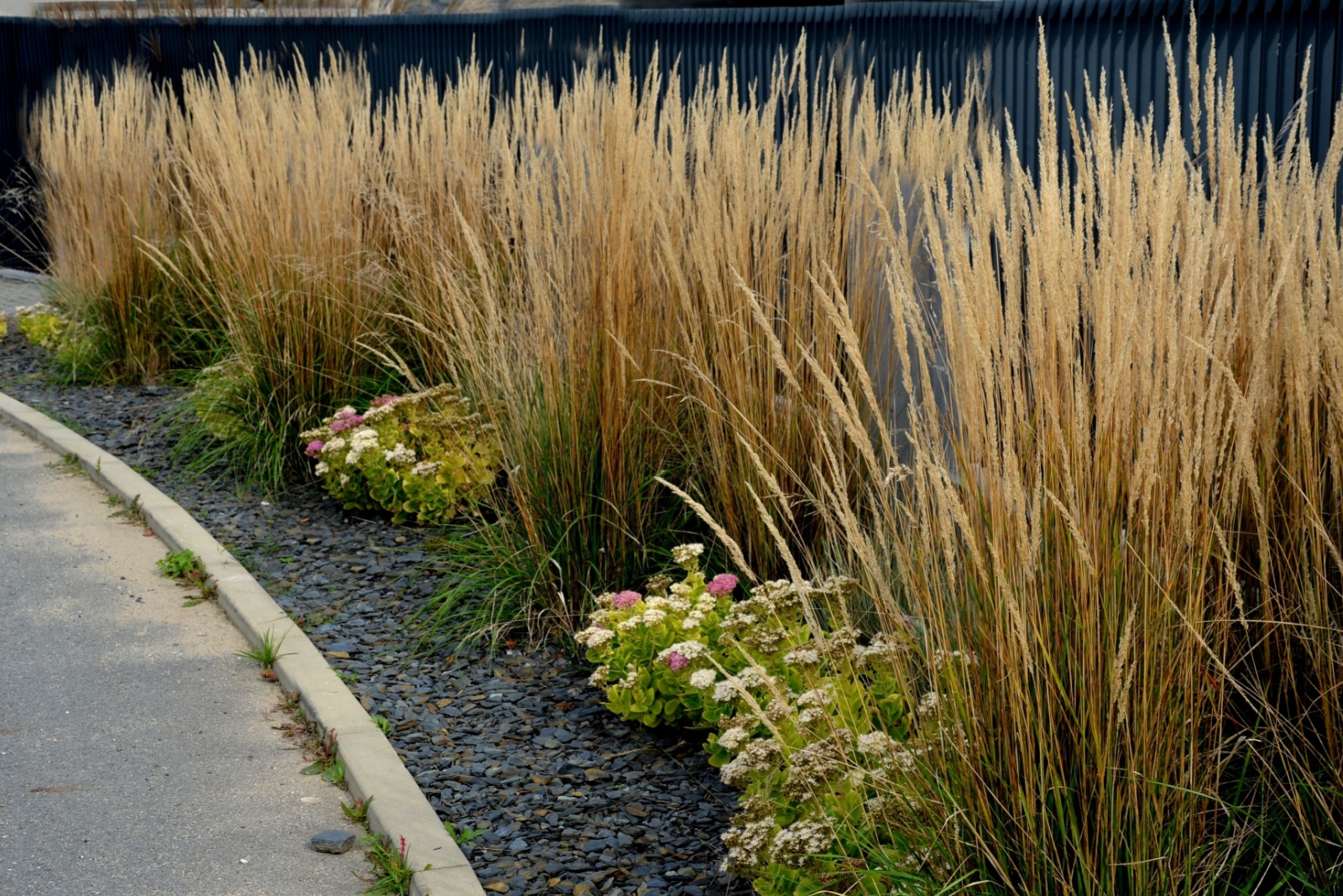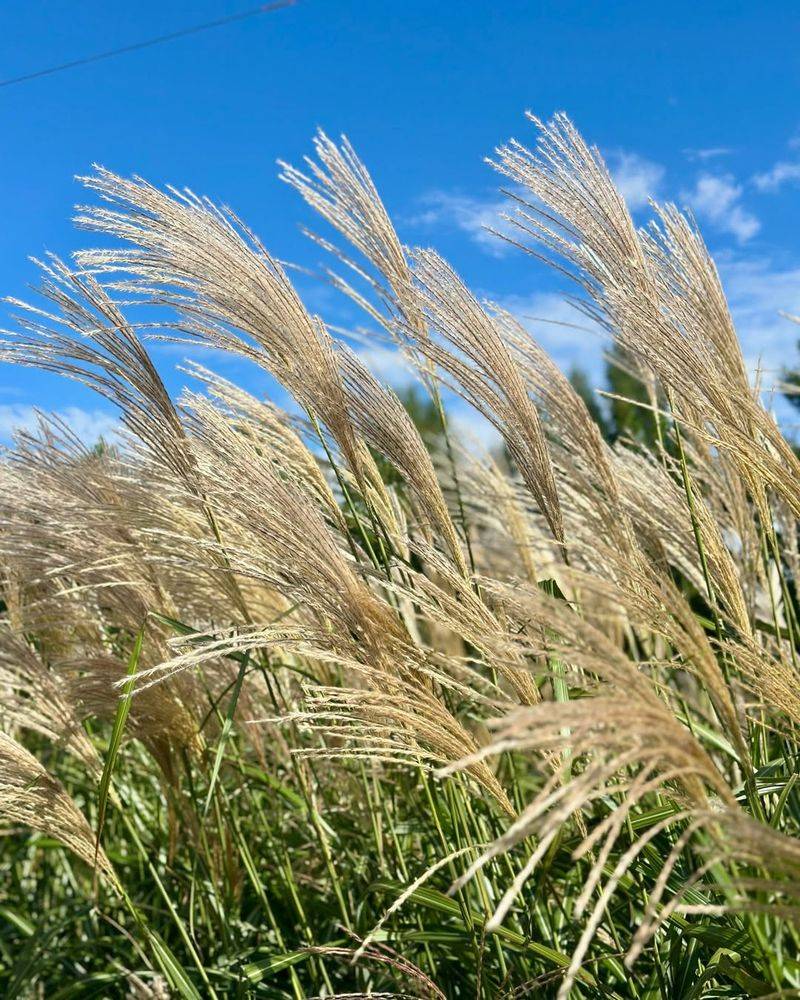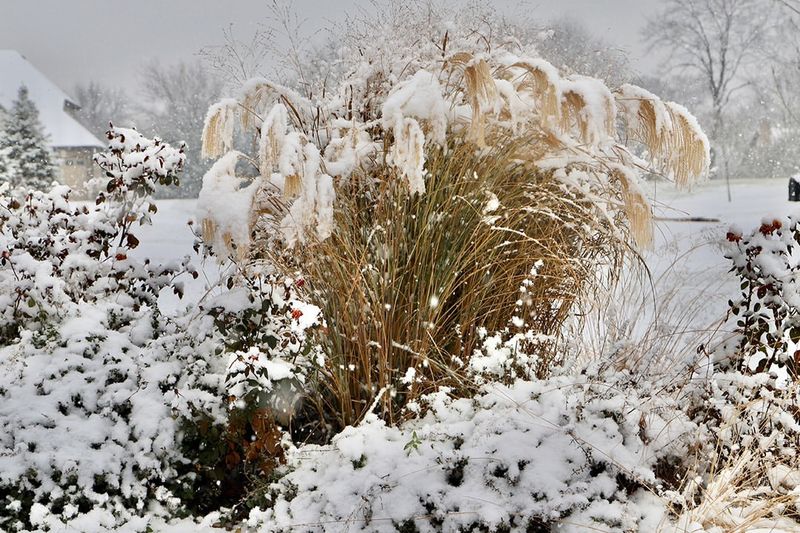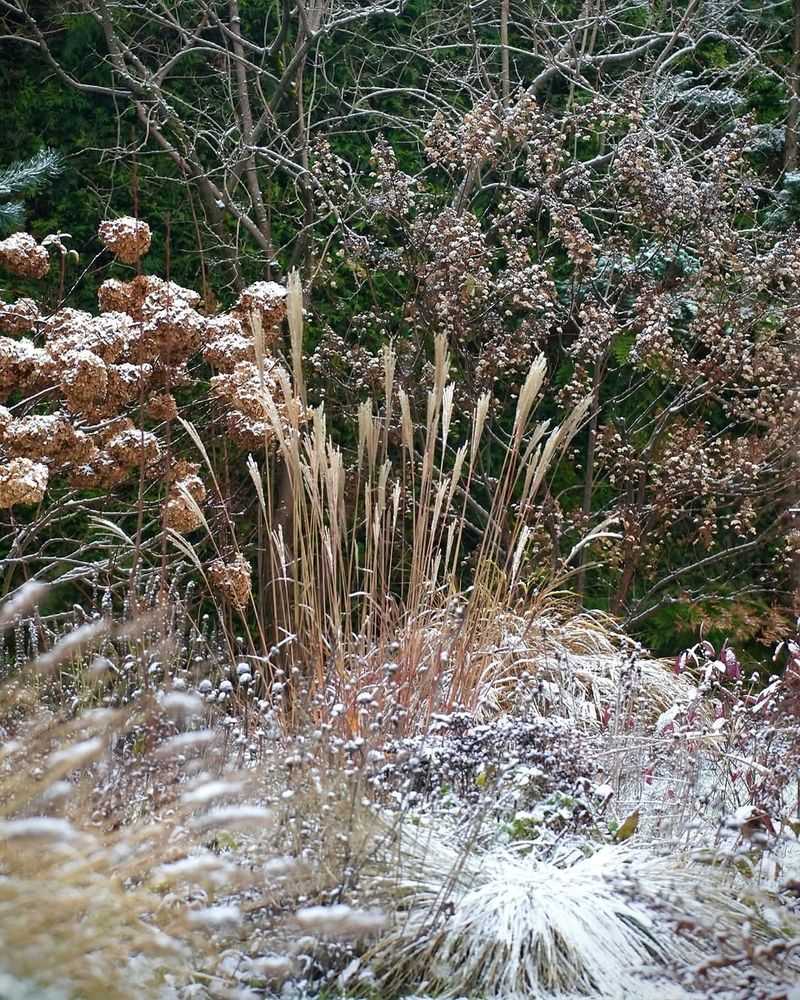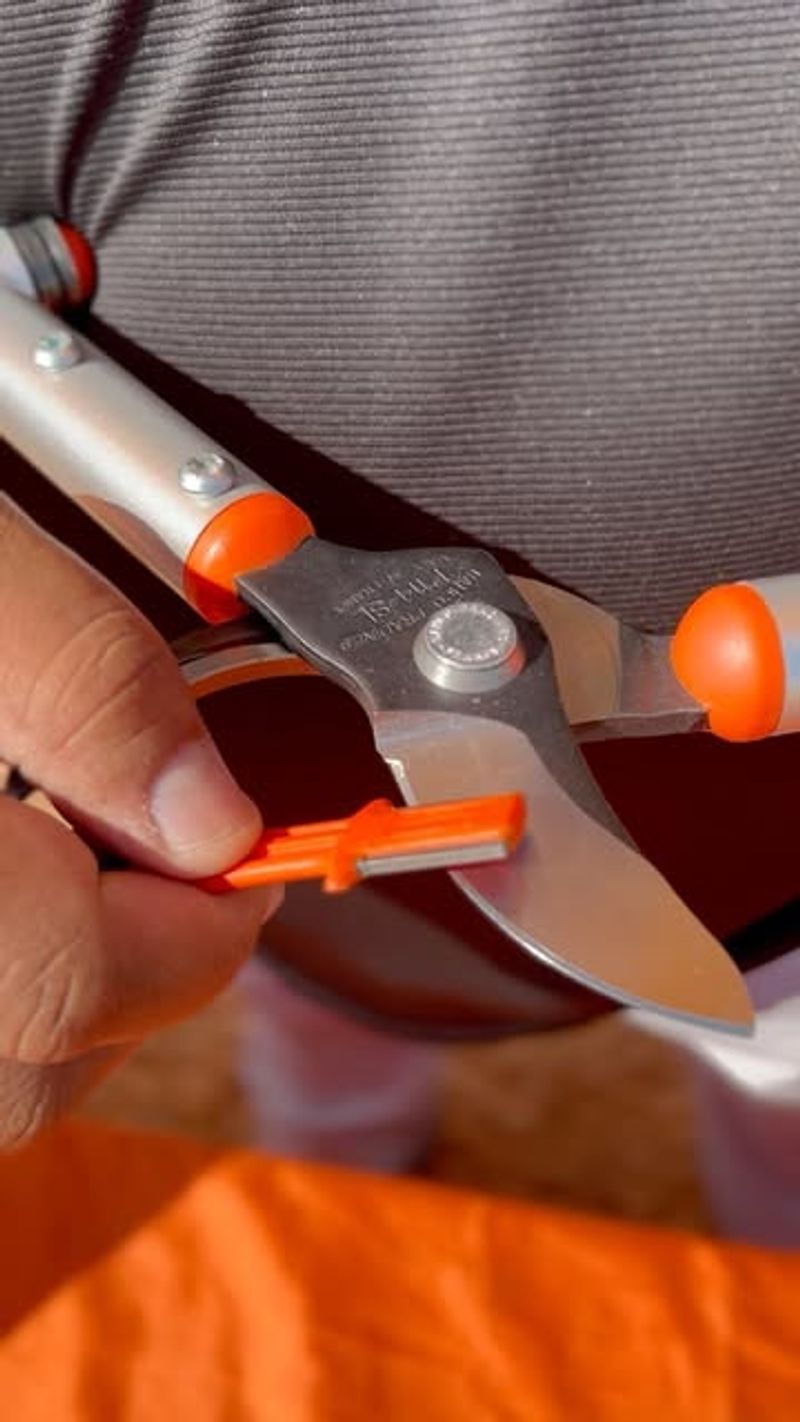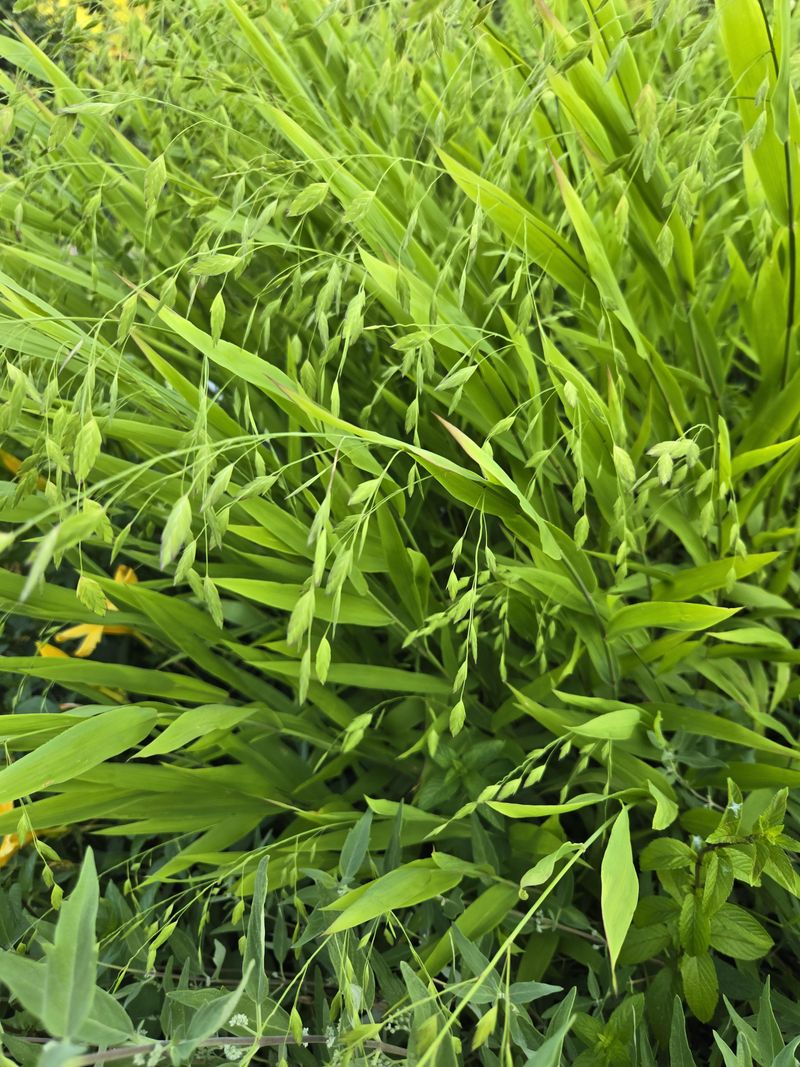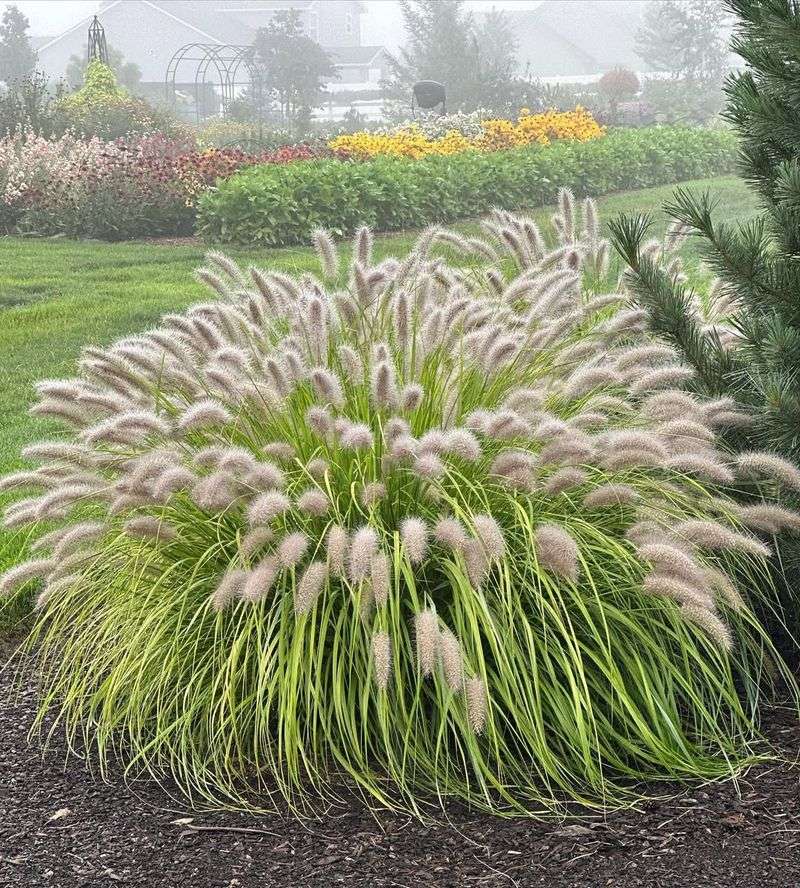Michigan winters can be harsh on your garden, but ornamental grasses add beauty and texture even in the cold months. Knowing when and how to trim them back is essential for keeping your plants healthy and your yard looking great.
Getting the timing right makes all the difference between thriving grasses next spring and struggling plants that never quite recover.
1. Late Winter Timing Works Best
Most gardening experts recommend waiting until late winter or early spring to cut back your ornamental grasses in Michigan. Trimming too early removes the natural winter protection that dead foliage provides to the plant’s crown and roots.
Late February through mid-March is usually ideal, right before new growth starts appearing. You’ll notice tiny green shoots beginning to emerge from the base, signaling it’s time to act.
This timing protects plants during the coldest months while ensuring you don’t accidentally cut off fresh spring growth.
2. Leave Foliage Standing Through Winter
Those beautiful tan and golden seed heads aren’t just pretty—they serve an important purpose during Michigan’s freezing temperatures. Standing foliage acts like a natural blanket, insulating the plant’s root system from extreme cold and ice.
Birds also appreciate the seeds and shelter that dried grasses provide during winter months. Beneficial insects often overwinter in the hollow stems, helping your garden’s ecosystem.
Cutting too early removes these benefits and can expose tender crowns to damaging frost and temperature swings.
3. Watch For Warm-Season vs Cool-Season Varieties
Understanding your grass type changes everything about your cutting schedule. Warm-season grasses like Maiden Grass and Switchgrass should definitely wait until late winter for trimming in Michigan.
Cool-season varieties such as Blue Oat Grass can be trimmed earlier, sometimes even in late fall after they go dormant. However, leaving them standing still provides winter interest and protection.
Check plant tags or research your specific varieties to determine which category they fall into for best results.
4. Use Sharp Tools And Proper Technique
Grab sharp hedge shears, pruning shears, or even electric hedge trimmers for larger clumps when cutting day arrives. Dull blades create ragged cuts that can invite disease and make the job much harder.
Cut the entire clump down to about four to six inches above ground level. Bundle the foliage with rope or bungee cords before cutting to make cleanup easier and prevent a mess.
Always wear gloves because grass blades can be surprisingly sharp and cause painful cuts on bare hands.
5. Some Grasses Self-Clean Naturally
Certain ornamental grass varieties like Northern Sea Oats and some Fescue types are considered self-cleaning. Their old foliage naturally breaks down and falls away without your help.
You can simply comb through these grasses with gloved hands or a rake to remove loose dead material. This gentle approach works well for smaller, delicate varieties that don’t form massive clumps.
Even self-cleaning types benefit from occasional tidying to remove stubborn dead blades and keep them looking their best throughout the Michigan growing season.
6. Avoid Cutting During Active Growth
Once spring arrives in Michigan and green shoots start pushing up through the soil, your window for safe trimming closes quickly. Cutting during active growth can severely stress plants and reduce their vigor for the entire season.
New growth is tender and easily damaged, so accidentally chopping it off sets the plant back significantly. If you miss the late winter window, it’s better to leave the grass alone until next year.
Mark your calendar now so you don’t forget this crucial timing for healthy, beautiful grasses all season long.

